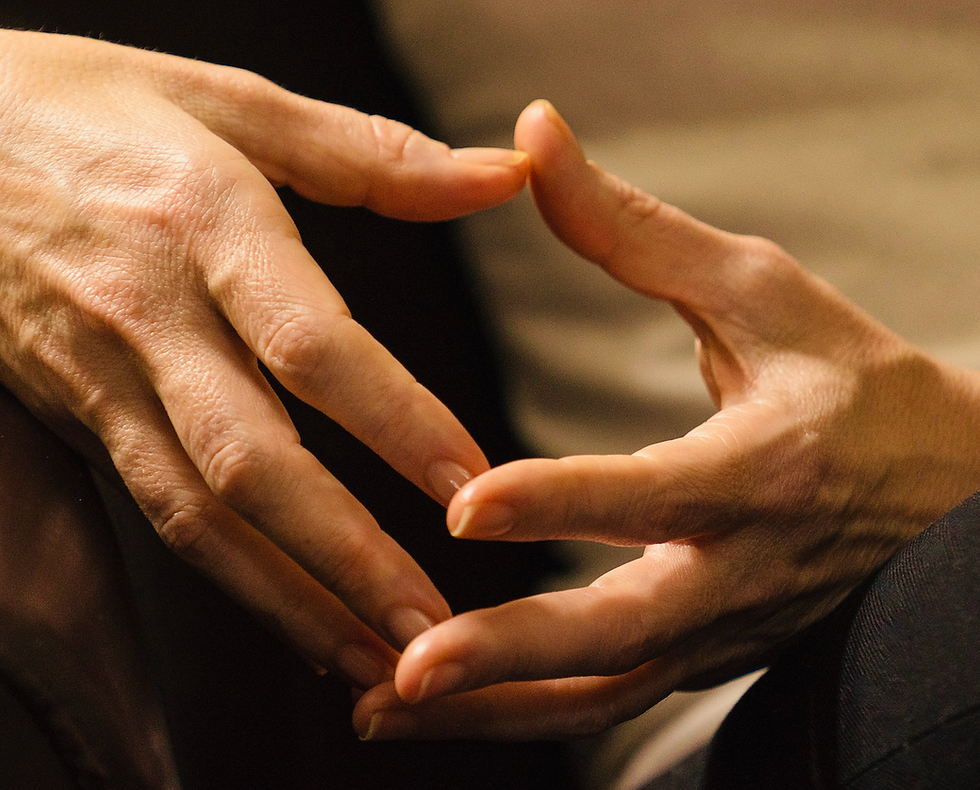The Lie Of No Pain, No Gain: The Therapeutic Power of Tenderness
- Sara Williams

- Jul 14
- 2 min read
Updated: Aug 14

There’s a moment I keep returning to in practice, a moment that reminds me how easy it is, in the healing professions, to confuse force with healing. I see it in bodywork, counselling, even in the approach to ourselves: if something is tight, push harder. If something is stuck, dig deeper. If someone is guarded, confront them. And when we don’t see change, we double down on the pressure.
Let’s take the body.
You might walk into a force-based bodywork session because you want relief, ie: tangible, physical release. No pain, no gain, right? You’re fed up with persistent pain in your own body, fed up with tension. You’ve been here before. It aches in the same spot, or shifts to a new one. The therapist leans in. Their thumbs, elbows, knees, full bodyweight bear down on that unyielding neck, shoulder or hip. Eventually, the muscle lets go. The release is real, yes, but is it sustainable?
What yields under pressure doesn’t necessarily mean it’s healed
There’s a truth I’ve seen unfold again and again: that which yields under pressure does not necessarily mean it’s resolved. It submits to the pressure. And the body, when forced into submission, will recalibrate its defences elsewhere. That same tension you let go of last week? It returns. Or it migrates into another muscle, the gut, the jaw, the sleep cycle. And the therapist might chase that next knot with equal vigour, with no one quite catching what’s happening underneath.
What’s happening, I have witnessed, is this: the reason for the body protecting in the first place is not addressed.
The hardness isn't the problem. It's a reaction. A red flag, alerting the....
Author: Sara Williams. Bodywork Practitioner and Relational therapist, writer and group facilitator. This piece arose from a conversation between myself and Sara on our car journey through the Scottish Highlands.




Comments